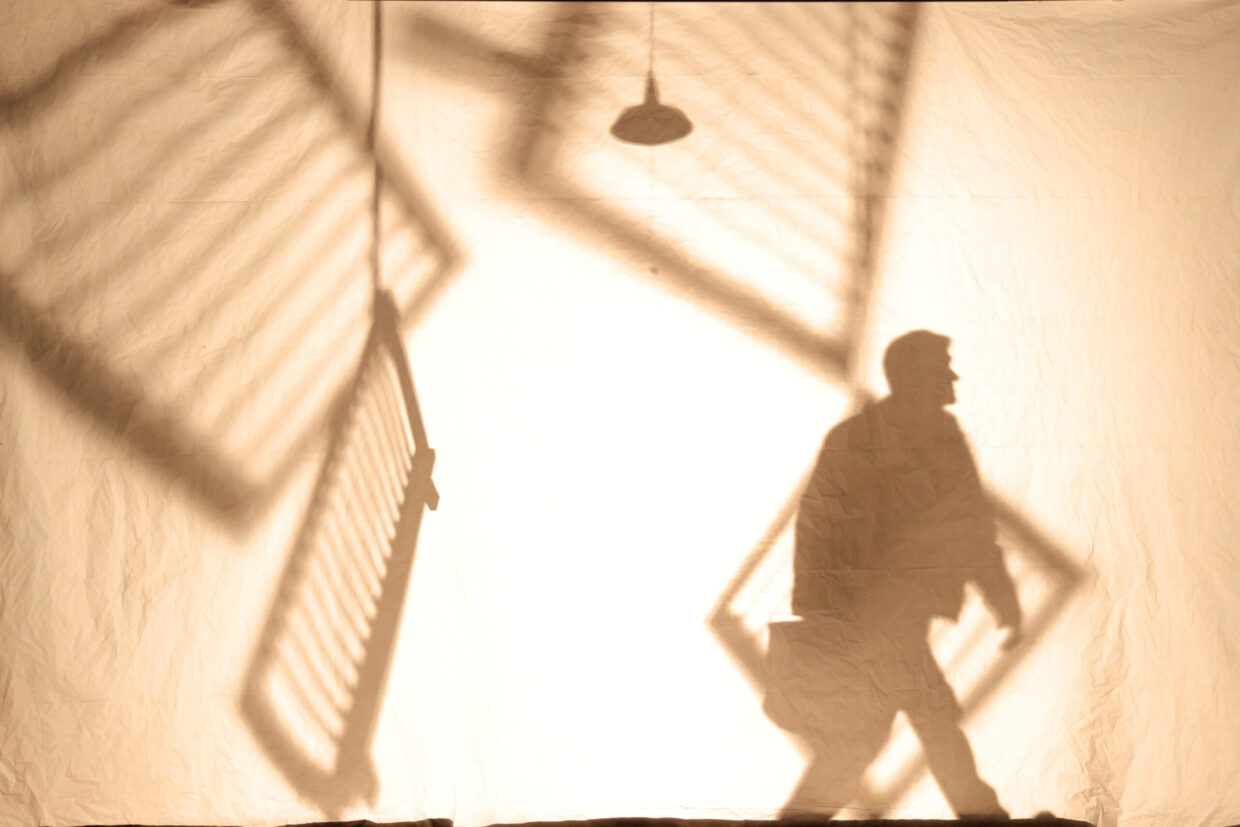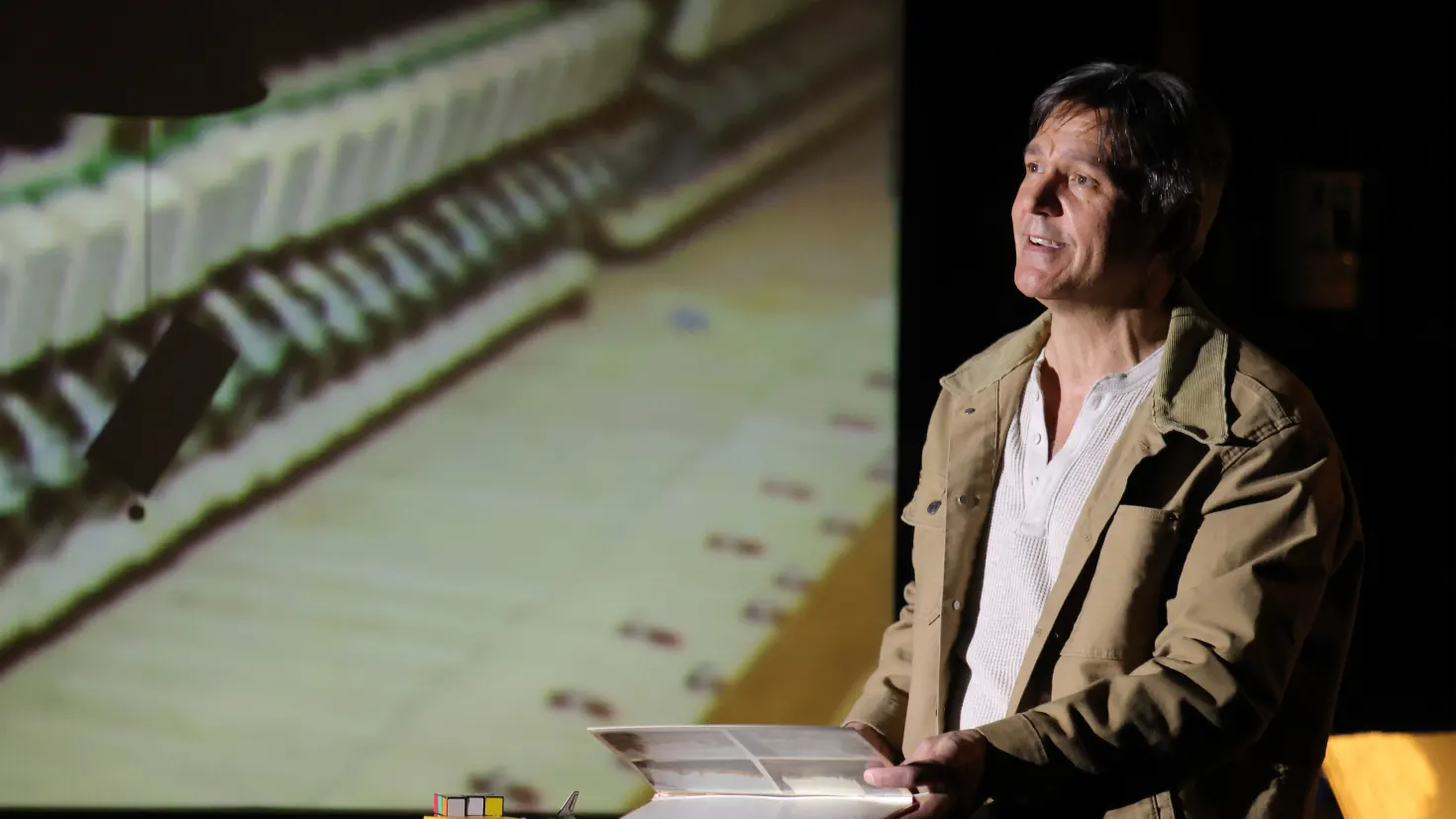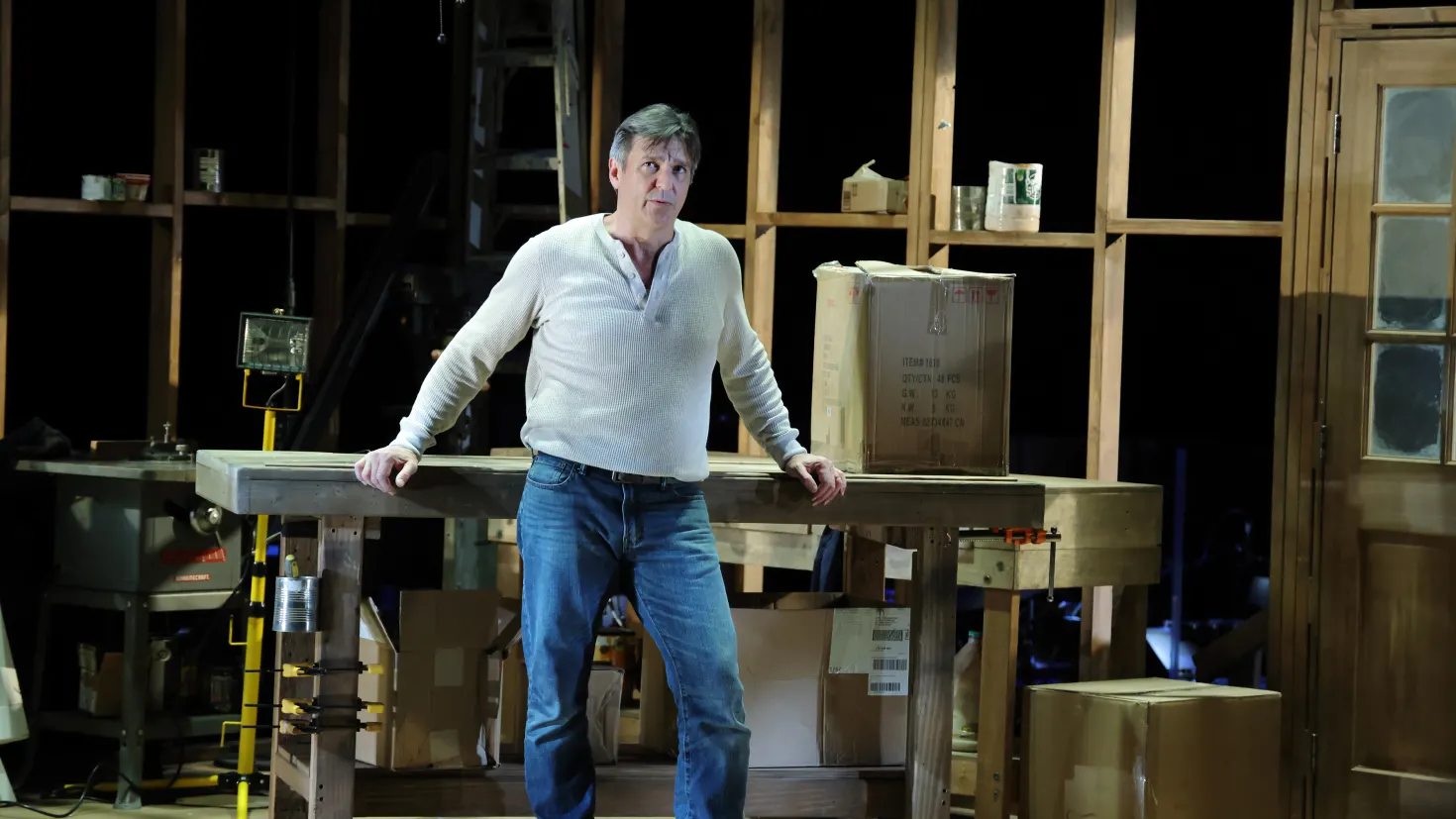It may be just me (and the mess that is my life), but my thinking lately is that we’re at a state of human cultural development where most of the noteworthy cultural events—music, theatre, film, fine arts and performing arts generally—are like surprise symphonies. We’re way beyond what Franz-Josef Haydn had in mind with his G major (London series, No. 94) symphony and its second movement triple-fortissimo ‘surprise’; but the scope and ‘orchestration’ so to speak of such events are similarly symphonic in scale and with a proportionally magnified shock potential that usually has implications beyond the work or event itself. I don’t mean to say that this is an entirely new development. Tony Kushner’s 1991-92 Angels In America had a similar impact. Then, too, it’s more than coincidence that I gravitate towards such events.
 I had little awareness of Du Yun beyond Angel’s Bone, which won the 2017 Pulitzer Prize for music (nor did I know that its solo performer, Nathan Gunn, had partially commissioned—with Beth Morrison Projects—the work himself); but for that reason alone I knew I had to see it. I knew nothing about the underlying material for the piece, either—which is (to my mind) troubling; and had no time to read any of the minimal program notes before the theatre darkened and I was sucked into the creators’ collective vision. I emphasize the plural here because although Du Yun’s music shapes, colors and in fact dominates the work overall, it is unquestionably a collaborative work crafted by its principal, the celebrated operatic baritone, and the librettist and director, Michael Joseph McQuilken.
I had little awareness of Du Yun beyond Angel’s Bone, which won the 2017 Pulitzer Prize for music (nor did I know that its solo performer, Nathan Gunn, had partially commissioned—with Beth Morrison Projects—the work himself); but for that reason alone I knew I had to see it. I knew nothing about the underlying material for the piece, either—which is (to my mind) troubling; and had no time to read any of the minimal program notes before the theatre darkened and I was sucked into the creators’ collective vision. I emphasize the plural here because although Du Yun’s music shapes, colors and in fact dominates the work overall, it is unquestionably a collaborative work crafted by its principal, the celebrated operatic baritone, and the librettist and director, Michael Joseph McQuilken.
With McQuilken, Gunn and Du Yun have transformed a somewhat breathless recounting of a childbirth with an anticipated catastrophic outcome (and frustrated parenthood) partially (but only partially) redeemed by altruistic impulse and community-mindedness into a kind of journey through a gestational space—or more specifically, a masculine equivalent to the gestational space. On a conceptual level, this is easily imagined. The creative process is frequently a kind of gestation—whether conditioned by laboratory, studio, work space or study, or the mind all by itself. The problem is making the connection between the person doing the actual gestating here and the opera’s sole human presence, who happens to be a man. McQuilken and the extraordinary production and lighting team (Maruti Evans and Matt Steinberg) and video engineer Asa Wember accomplish this through a kind of ellision from video and projected sound through scrim to stage set.

LA Opera – In Our Daughter’s Eyes Craig T. Mathew/Mathew Imaging
From a kind of disembodied entrance via dream flight in video projection, we move from glimpses of a woman in bed or reading or drinking coffee to levitating shadows and flashes of light which then go dark, yet seem to reference the cosmos. Finally a projected hand inscribing a date (January 5) announces the soloist’s (no other name is given) appearance as the set below comes into view—what looks to be a kind of woodworking shop. “I have decided to become the protector of your story.” (The basic material is in fact ESPN reporter Royce Young’s personal story.) Over woodwinds and a reverberant guitar, the soloist muses over his wife’s fluctuating moods and appetites while busying himself with various tasks—one of which appears to be building a crib for the expected baby. Gunn and Du Yun execute this delicate musical and lyrical transfer of the story’s focus through a kind of vocal transmutation alternately counterpointed and underscored by the orchestral accompaniment. Gunn’s voice is at first soft, slightly tentative—‘there, but not there’. It’s not about him, so all the more reason to fade into the background.
 Except that it is about him—or his place in this shared story, which is in flux; and that is where he begins. He leans into that story by way of the foundation he shares with his expectant partner: their first meetings at university, their studies and career beginnings. Percussion (bells or glockenspiel) and strings gently articulate the narrative which seems filtered through a nostalgic blur. But then it’s as if something initially projected onto his wife—misgivings or uncertainties—is taken up in his own journal notes, and we see and hear him coming to terms with what are his own doubts about what he has (literally) begat: his family legacy, his flaws and failings, his fear of being inadequate to the moment, the responsibility. He’s building a crib in the workshop that in effect is his own crib. We start to apprehend the flaws—e.g., notions of more mundane child care-giving or education give way to rescue fears/fantasies (saving his child-to-be from drowning in a lake—a touch that hearkens back to the 1973 Nic Roeg film, Don’t Look Now, based on a story by Daphne du Maurier). Strings and woodwinds (actually just violin, cello and clarinet) give way to percussive explosions, which now foreshadow something more serious. “A demon still was waiting.” And after a sudden black-out, we learn the grim news that if the child is born at all, it will be born with a fatal birth defect (anencephaly—lacking the brain’s frontal cortex).
Except that it is about him—or his place in this shared story, which is in flux; and that is where he begins. He leans into that story by way of the foundation he shares with his expectant partner: their first meetings at university, their studies and career beginnings. Percussion (bells or glockenspiel) and strings gently articulate the narrative which seems filtered through a nostalgic blur. But then it’s as if something initially projected onto his wife—misgivings or uncertainties—is taken up in his own journal notes, and we see and hear him coming to terms with what are his own doubts about what he has (literally) begat: his family legacy, his flaws and failings, his fear of being inadequate to the moment, the responsibility. He’s building a crib in the workshop that in effect is his own crib. We start to apprehend the flaws—e.g., notions of more mundane child care-giving or education give way to rescue fears/fantasies (saving his child-to-be from drowning in a lake—a touch that hearkens back to the 1973 Nic Roeg film, Don’t Look Now, based on a story by Daphne du Maurier). Strings and woodwinds (actually just violin, cello and clarinet) give way to percussive explosions, which now foreshadow something more serious. “A demon still was waiting.” And after a sudden black-out, we learn the grim news that if the child is born at all, it will be born with a fatal birth defect (anencephaly—lacking the brain’s frontal cortex).
“This isn’t your fault,” we’re told he is reassured by his wife, who has determined to carry the child, if possible, to term and to donate the child’s organs to viable infants needing them. Against the shimmer of strings and strobing fluorescence, the soloist seeks to reassure himself—and seemingly the unborn yet terminal child, “As we draw you near … we keep on with the day-to-day routines we’ve built for you….” “We are holding onto you,” he sings; but it’s hope he’s clinging to, also his renewed sense of purpose which is now compromised. By the opera’s close, his daughter’s sacrifice morphs into a personal catharsis. He seems to jettison false hopes and aspirations for something both provisional and existential—the person actually ready to emerge from this gestational ‘safe’ space into a world and identity under continuous reconstruction.
 Gunn is magnetic in this endlessly faceted and fractured role—making his character’s pending fatherhood seem like its own conception, embryonic maturation and birth—a real metamorphosis. Du Yun’s richly textured and evocative score could have been a parallel script with its wealth of thematic articulation—brilliantly executed by the conductor, Kamna Gupta, who somehow made six (outstanding!) musicians sound like a chamber orchestra of twenty. In a brief Q&A following the performance, Du Yun and Gunn (with Beth Morrison) alternately hinted at and hashed out the opera’s underlying themes and meanings—Gunn had commissioned the work hoping to shape the father’s story into an exploration of a redefined manhood or of the masculine role, though Du Yun’s musical ambitions were to carry it far beyond this narrow scope. Ultimately, we’re left with the impression of a work that has expanded upon its original material foundations and inspirations to achieve something much larger and resonant with this moment of extreme uncertainty and precarity.
Gunn is magnetic in this endlessly faceted and fractured role—making his character’s pending fatherhood seem like its own conception, embryonic maturation and birth—a real metamorphosis. Du Yun’s richly textured and evocative score could have been a parallel script with its wealth of thematic articulation—brilliantly executed by the conductor, Kamna Gupta, who somehow made six (outstanding!) musicians sound like a chamber orchestra of twenty. In a brief Q&A following the performance, Du Yun and Gunn (with Beth Morrison) alternately hinted at and hashed out the opera’s underlying themes and meanings—Gunn had commissioned the work hoping to shape the father’s story into an exploration of a redefined manhood or of the masculine role, though Du Yun’s musical ambitions were to carry it far beyond this narrow scope. Ultimately, we’re left with the impression of a work that has expanded upon its original material foundations and inspirations to achieve something much larger and resonant with this moment of extreme uncertainty and precarity.
Du Yun’s In Our Daughter’s Eyes produced by Beth Morrison/Beth Morrison Projects for L.A. Opera (Off Grand) at REDCAT (April 14-17, 2022), libretto/direction by Michael Joseph McQuilken, starring Nathan Gunn



















0 Comments